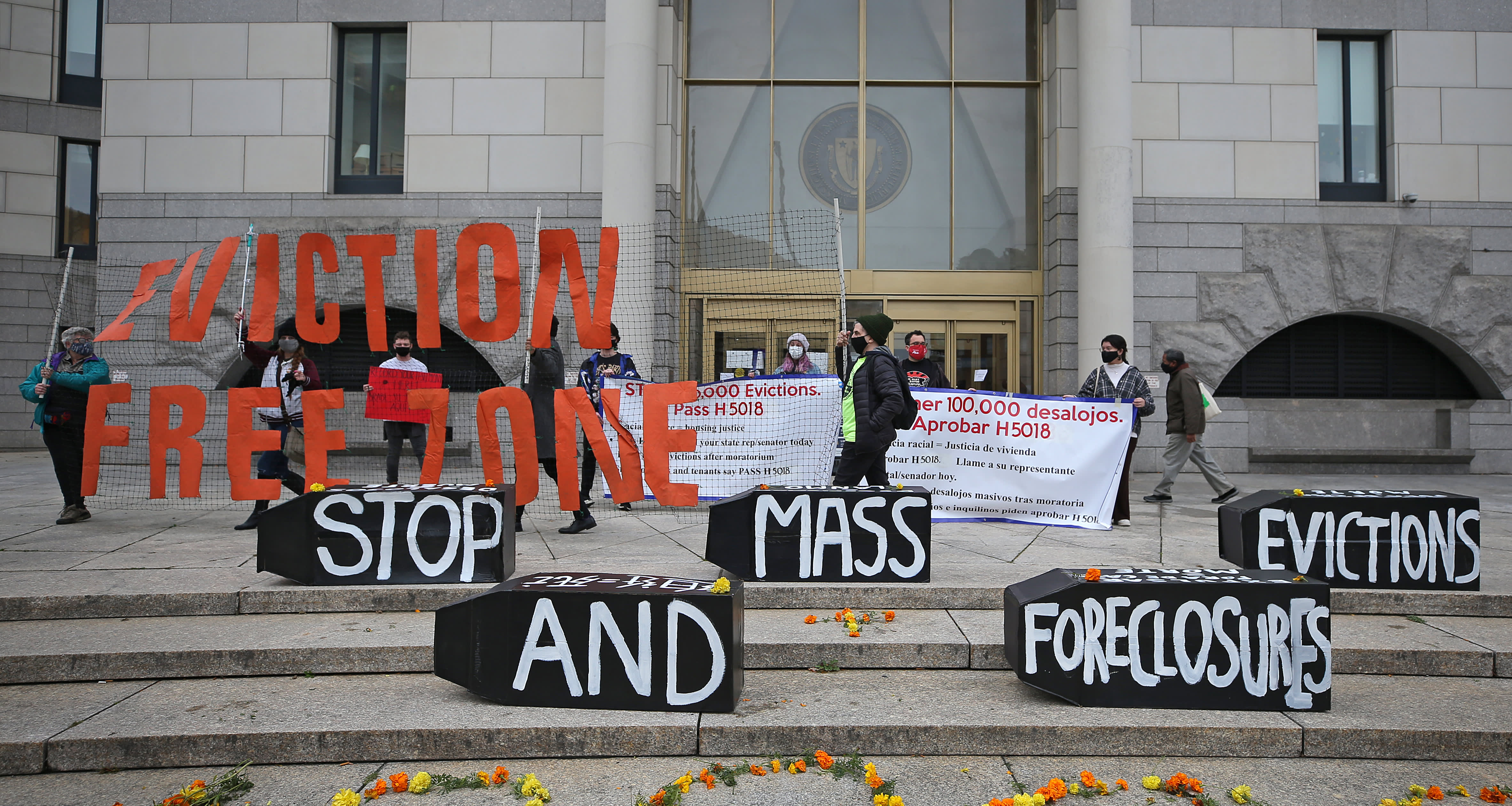dhodo
Well-Known Member
I had a doctor tell me that if it has been less than 5 days from exposure the chance of a false negative is much higher. Not positive how accurate that is.I don't know what I'm doing for thanksgiving now.
The plan was to visit my mother. Visit my Mom, Step Father and Sister and it would just be the 4 of us.
However, one of my sisters co workers just had a test come back positive yesterday.
She got a COVID test yesterday, but has to wait 2 to 5 days for the results to come back. But my question is, does a negative test coming back in 5 days really mean anything, or should I just assume it hasn't been long enough and she my not have a high enough viral count now to test positive but could in 5 days.
My sister said it was a 4 hour wait to get a COVID test. And someone kept going up and down the line saying they don't accept insurance. You must pay in cash to get a test. It cost my sister $300 to get the test done. Thankfully work will reimburse it as they asked all employees to get tested.
Edit: also a doctor told my wife that one negative test isn't necessarily a guarantee and that they recommend another test after 10 days or something. Obviously employers and insurance don't seem to want to support that being standard.

